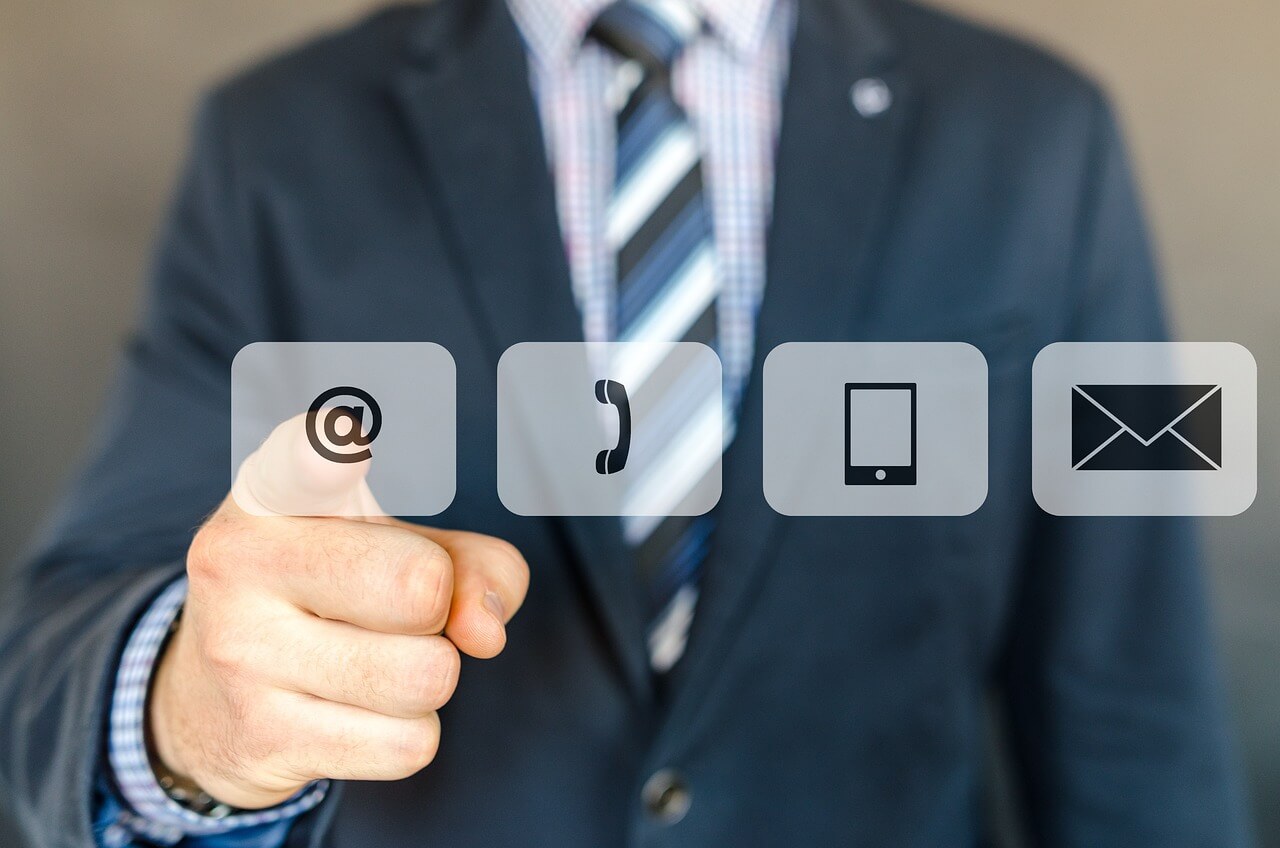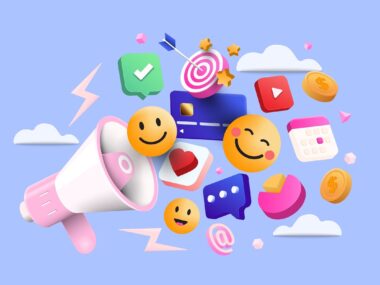Learn the art of email sequences nurturing leads to conversion.
Email marketing is one of the best ways to turn leads into customers. Despite claims that email marketing is dead, it’s alive and compelling. By sending targeted and personalized messages to the right people at the right time, you can build trust and credibility with your audience, ultimately driving more sales for your business.
Among digital marketing strategies, email marketing offers the highest ROI (return on investment). If you still need to start building an email list, it’s time to do so! A list of enthusiastic and engaged customers is precious.
In today’s competitive market, turning leads into loyal customers requires building strong relationships, and email marketing is crucial. Studies show that nurtured leads are 50% more likely to purchase those who aren’t nurtured.
READ ALSO: How to Harness the Power of Virtual Reality in Web Design
Strategies to Effectively Nurture Leads Through Email Marketing and Drive Conversions:
Personalize Your Communication:
Avoid generic greetings. Use data to tailor email content, subject lines, and product recommendations. This makes your emails more relevant and engaging, making leads feel valued.
Offer Valuable Content:
Don’t overwhelm leads with sales pitches. Provide helpful content that addresses their pain points and educates them about your products or services. Share ebooks, case studies, blog posts, or webinars.
Segment Your Audience:
Avoid one-size-fits-all emails. Segment your list based on demographics, interests, or behavior to create targeted emails. This ensures the information you provide is relevant and meets their specific needs.
Automate Your Workflow:
Use email automation tools to simplify the nurturing process. Set up email sequences based on specific actions to deliver timely and relevant information at different stages of the buyer’s journey.
Track Your Results and Adapt:
Monitor key performance indicators (KPIs) like open rates, click-through rates, and unsubscribe rates to evaluate your campaigns. Analyze the data to see what works and refine your strategy accordingly.
Foster Two-Way Communication:
Encourage leads to reply, ask questions, and provide feedback. This creates a sense of connection and allows you to address their concerns, building trust and loyalty.
Integrate with Other Marketing Channels:
Align your email efforts with your overall marketing strategy. Use social media, content marketing, and other channels to support your messaging and guide leads through the nurturing journey.
6 Effective Email Sequences to Convert Leads
Welcome Email Sequence
The welcome email sequence is a new subscriber’s first impression of your brand. Triggered as soon as someone signs up for your email list, this sequence introduces them to your brand, sets expectations for future communications, and encourages them to take the next step, like making a purchase. These emails should be personalized, warm, and friendly, with a clear call to action, such as visiting your website, signing up for a free trial, purchasing, or booking a call.
Lead Nurturing Sequence
Lead nurturing sequences keep leads engaged with your brand by providing valuable content that educates them about your products or services. These emails can include blog posts, infographics, ebooks, or other educational material. The goal is demonstrating your expertise, providing value, and keeping your brand top-of-mind.
Re-engagement Sequence
Re-engagement sequences are used to reconnect with leads who have gone dormant. These emails can include special offers, limited-time discounts, exclusive content, or other incentives to re-engage with your brand. They should be personalized, friendly, and easy to understand, with a clear call to action. Be mindful of the timing, frequency, and tone to avoid seeming desperate or pushy.
Abandoned Cart Sequence
Abandoned cart sequences are triggered when someone adds items to their online shopping cart but doesn’t complete the purchase. These emails remind the customer of the items left behind and can include a particular discount or free shipping offer. Personalized and friendly emails with a clear call to action can significantly boost your R.O.I. by recovering lost sales.
Upsell/Cross-sell Sequence
Upsell/Cross-sell sequences promote related products or services to existing customers. These emails can include personalized recommendations based on the customer’s purchase history or browsing behavior. They aim to provide value by introducing new products or services and increasing purchase frequency. These emails should be personal, relevant, and have a clear call to action.
Win-Back Sequence
Win-back sequences are used to reconnect with customers who have not purchase in a while. These emails can include special offers, exclusive deals, or personalized recommendations based on the customer’s previous purchase history. The aim is to remind customers of your brand’s value and incentivize them to make another purchase. Timing is essential to avoid coming across as pushy.
READ ALSO: The Rise of Voice Search: How to Optimize Your Content
Frequently Asked Questions
What is a lead nurturing email sequence?
Email marketing lets potential customers learn about your brand, products, services, and industry insights. It builds trust by slowly nurturing relationships with potential customers through knowledge, confidence, and interaction, much like nurturing a plant.
What are the benefits of email nurturing?
You can build lasting relationships with lead-nurturing emails. By providing valuable information and staying in touch, you develop a relationship of trust with your prospects, which can lead to more sales.
What is the email nurturing process?
Email nurture campaigns are essential for any successful inbound marketing strategy. These emails convert potential leads into customers by educating them, raising awareness, and building relationships.
What is the purpose of lead nurturing?
Lead nurturing builds relationships with prospects to earn their business when they’re ready to buy. It’s crucial for inbound marketing because it allows you to provide value to leads and customers, helping them grow with your business.
What is an email sequence?
An email sequence is a series of emails automatically sent to specific groups on your email list. These sequences can be either trigger-based or time-based. Trigger-based sequences send emails based on actions like browsing behavior or subscribing to your list.
Conclusion
Email marketing remains one of the most effective tools for converting leads into loyal customers. Despite claims to the contrary, email marketing is thriving, offering the highest ROI among digital marketing strategies. Businesses can foster trust, provide value, and drive sales by building an engaged email list and using automated, personalized email sequences.
In today’s competitive market, nurturing leads is crucial for conversion. Effective email marketing involves personalized communication, valuable content, audience segmentation, workflow automation, continuous tracking and adaptation, fostering two-way communication, and integrating with other marketing channels.
Implementing six key email sequences—Welcome, Lead Nurturing, Re-engagement, Abandoned Cart, Upsell/Cross-sell, and Win-Back—can significantly enhance your email marketing strategy. Each sequence has a specific goal, from establishing initial contact to re-engaging dormant leads and promoting additional products to existing customers.
Lead nurturing through email marketing builds lasting relationships by providing valuable information and maintaining regular contact. This approach turns potential leads into customers by educating them, raising awareness, and building trust. By understanding and implementing these strategies, businesses can harness the power of email marketing to drive conversions and achieve long-term success.







